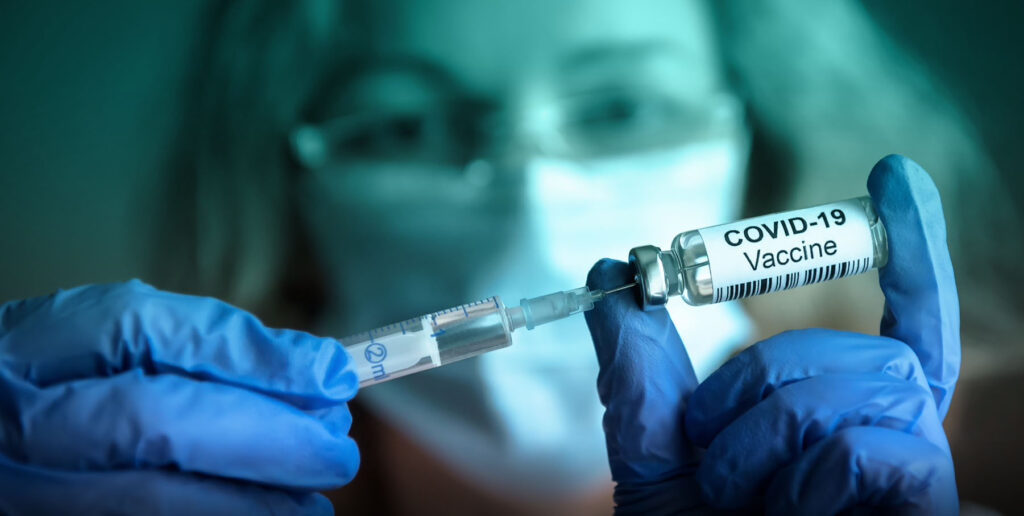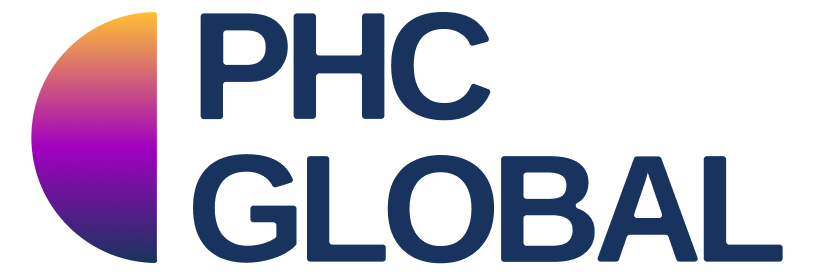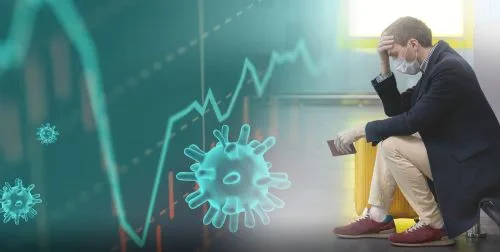If it’s on the internet, it must be true. Right?
Unfortunately, it’s often hard to tell the difference between accurate information and misinformation. Misinformation about biological risks can pose a threat to society by eroding public trust, but it can also pose a threat to your company.

False information related to COVID-19 directly influences individuals’ actions to prevent transmission of the virus that causes COVID-19. It impacts who gets sick or dies from preventable illness. It drives economic loss and threatens social well-being.
Of course, you can’t control what your team members, business partners and customers believe. You can, however, develop a robust awareness of current trends in misinformation related to public-health issues. Using a data-driven approach, you can then develop policies, responses and procedures that help mitigate the threat to your enterprise.
So what does that threat to your business look like – and how can you mitigate it?
What misinformation looks like
During the COVID-19 pandemic, false information helped negatively shape health-related behaviors. Of course, some false information is produced and shared out of ignorance or the absence of research skills. Other false information is disinformation and is produced on purpose to cause harm. Finally, someone creating false information may intend to influence the reader to buy something or support a certain cause without directly intending harm.
No matter why it’s generated, false information spreads fear and suspicion and undermines public trust. Types of misinformation and disinformation include:
- Genuine mistakes, such as statistics containing typos that are shared accidentally. Unfortunately, these errors can cause serious public misunderstandings.
- Misleading content that does contain some fact, but is purposely designed to “trick” readers into drawing false conclusions.
– Content that’s paid for by sponsors who aren’t clearly identified. For example, a YouTube video about natural ways to boost your immunity might promote a greens powder as a source of vitamins. If the powder manufacturer is a sponsor of the channel, there’s likely to be some bias.
– Content that relies on a bait-and-switch tactic to get views or clicks. For example, a headline might read, “Doctor admits that handwashing is useless against COVID-19.” However, in the article, the doctor simply says “handwashing alone will not stop the spread of COVID-19.” - Content that contains no helpful information and is purely designed to deceive readers.
– Propaganda, which rarely shares facts; instead, it makes statements that play on readers’ emotions like fear, anger and pride. “Patriots who love their country will do X, but cowards will do Y.”
– Leading questions. Conspiracy theorists often rely on these, instead of providing facts or information. They’re designed to lead readers towards unfounded suspicions and false conclusions. However, they absolve the speaker of any direct responsibility, because they can claim to be “just asking questions.” “Have you ever stopped to wonder why vaccine syringes don’t have all the vaccine ingredients printed on them?”
– Completely false claims with no basis in reality. “Bill Gates inserted a microchip into the COVID-19 vaccine!”
Will members of your workforce fall for these strategies? Unfortunately, most Americans agree that misinformation is a real problem in our society – and plenty of people are reading and sharing it.
How misinformation threatens your workplace
Misinformation can affect your business at its most personal level – the health of your employees. When a single employee misses work, it generally isn’t a business-wide problem. When most of your workforce is down with an illness, however, the costs can add up quickly, and your employees may spread an illness because of misinformation. Let me explain.
When someone shows up to work sneezing and coughing, everyone else wants them to go home. If employees leave the bathroom without washing their hands, others are sure to notice. When it comes to common-sense precautions against disease, however, misinformation can lead to carelessness.
The COVID-19 pandemic serves to illustrate this principle. When people don’t perceive risks accurately because of misinformation, they are more likely to engage in risky behavior that could harm everyone. Several studies conducted in 2022 found that quite often the perception of COVID-19 transmission risk, and not the actual risk, determines whether a person takes action to avoid getting infected.
If you have a biological threat in your company like COVID-19, misinformation that encourages your employees to resist safety precautions can affect your ability to continue operations because a high percentage of workers are sick. It can negatively influence employee morale. It can increase absenteeism because healthy employees don’t want to get sick. And ultimately, it can hurt your bottom line. Misinformation can also lead to vaccine hesitancy.
The cost of vaccine misinformation
Vaccine hesitancy is one of many examples where perceptions based on false information can lead to preventable disease, elevated healthcare costs and even increased death rates. It’s also a great example of how peoples’ perceptions and behavior are shaped by inaccurate content. Specifically, it shows how social media posts from celebrities cast doubt about the safety and effectiveness of the COVID-19 vaccine, which influenced fan behaviors. Unfortunately, most social media users don’t demand peer-reviewed source material to back up outrageous claims about vaccine safety.
For instance, fans readily accepted Nicki Minaj’s dubious claim about her cousin’s friend’s infertility after he received the COVID-19 vaccine in Trinidad & Tobago, even though the country’s health minister reported that no such cases existed. Her reluctance to be vaccinated influenced her fans to resist the vaccine. In fact, more than 340,000 fans responded to an online survey Minaj sponsored about vaccine use. She involved thousands of people in discourse that was grounded in misinformation.
Minaj is hardly the only celebrity to encourage vaccine hesitancy, but her celebrity gave credence to tweets that had major repercussions. A study partially funded by the National Cancer Institute and published in BMJ Health & Care Informatics, found that celebrity social media posts related to COVID-19 directly impacted individuals’ actions to prevent transmission of the virus, including vaccination.
In a similar situation, misinformation about COVID-19 vaccinations led two million Canadians to refuse the vaccine. This refusal cost the Canadian healthcare system an estimated 2,800 lives and at least $300 million between March and November of 2021, according to a report from the Council of Canadian Academics. Had hesitant individuals chosen to receive the vaccine, Canada would have seen 200,000 fewer COVID cases and 13,000 fewer hospitalizations. Further, the report found that people are particularly vulnerable to misinformation in times of crisis when the consequences are most acute.
How can my business mitigate the impact of misinformation?
Misinformation and disinformation present important risks for businesses. They can threaten employee health, increase your healthcare costs, exacerbate disease-related absenteeism and increase workplace outbreaks of disease.
Businesses can mitigate these impacts by treating false information as a risk of its own – as a digital pandemic of sorts. By using trusted data, critical examinations of evidence and evidence-based biosecurity interventions, business leaders can:
- Protect employees from known biosecurity threats.
- Prepare their organizational culture to mitigate emerging future risks as they emerge.
- Use science-based information in company communications.
- Extend protection to their customers and market base, who may look to businesses and business leaders as thought and action leaders.
The Public Health Company values transparency, rigor and a commitment to evaluating and presenting evidence-based recommendations. We will continue to provide businesses with ground truths that result from our and others’ analyses. Our biosecurity management platform, backed up by world-class expertise, is your best defense against the impact of misinformation about biosecurity threats.



